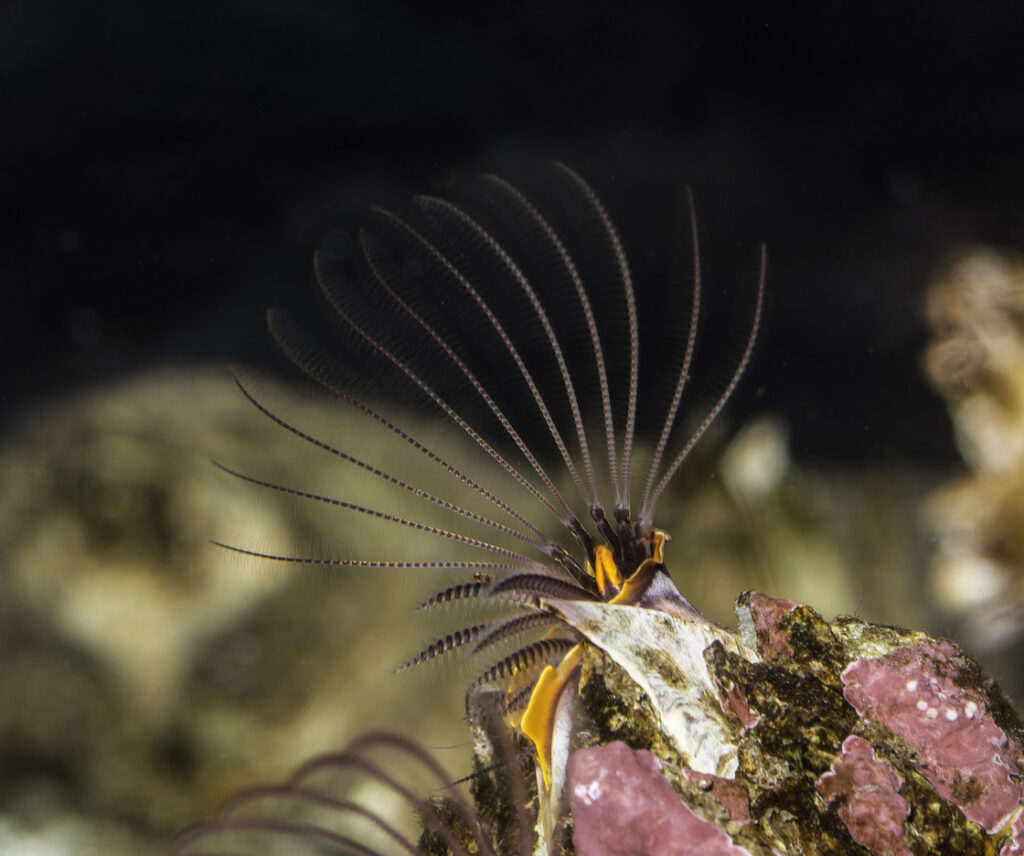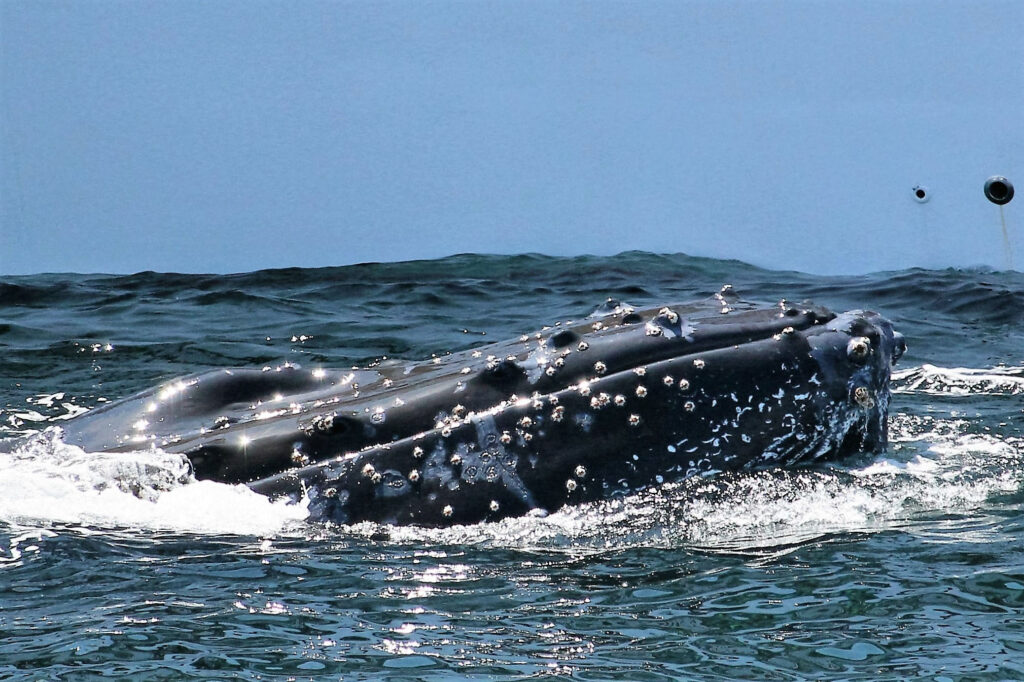The world’s oceans are populated by many weird and wonderful creatures of all shapes and sizes. Many of these creatures don’t look like animals at all, with some of them making use of camouflage techniques to blend into their environment.
Barnacles are among those animals, with hard shell exteriors that resemble rocks rather than sea creatures. This fascinating species offers so much more than meets the eye once you scratch beneath their hard, calcium exoskeleton.
Read on to discover where barnacles live, how they eat and other spectacular facts!
What are barnacles?
Barnacles (Cirripedia) are non-mobile arthropods, meaning they cannot propel themselves through water independently.
So, are barnacles alive? Despite their inability to move, barnacles are most definitely alive! Although they cannot move, they play an important part in the ocean’s ecosystems, feeding off plankton and acting as food for other sea creatures such as sea snails.
Being an arthropod, they are related to other creatures such as shrimp, lobster and crabs. Arthropods are identified by their hard exoskeleton made of chitin.
There are currently over 1,000 species of barnacles that we know of. The most common species found in the UK is the acorn barnacle (Chthamalus antennatus) and are only 2cm long!
What do barnacles look like?
Outwardly, barnacles look like very simple creatures because their bodies are covered by their exoskeleton, with only their legs being exposed to grab plankton to feed on.
You read that right! Barnacles have evolved to use their legs to grab food instead of walking and it seems to be working because they’ve been on earth for around 320 million years.

Barnacles aren’t very large creatures, with most of their weight being made up of their exoskeleton. The largest known species is the giant acorn barnacle (Balanus nubilus), which can reach a diameter of 15cm.
Barnacles can be a wide range of colours, from pink, yellow, orange, green, brown, black, white, or cream. Their colour is dependent on the environment so they can blend in and hide from potential predators.
Habitat of barnacles
Barnacles are found all over the world’s oceans in shallower water, making themselves at home on rocks, buoys and pilings near coastal regions. Moving objects are typically the target of choice for a barnacle, including ship hulls and whales.
They tend to congregate around places of great activity such as volcanic regions and intertidal zones due to the high rate of moving water, which helps them to find a place to make their home. As the barnacles cannot swim, they use this active water to free-swim before latching on to something such as a rock or animal.
How do barnacles attach to other creatures?
Once a barnacle has found a spot that it would like to stay on, it will excrete cement to secure itself to the surface. The adhesive properties of this cement are incredibly strong, making a barnacle very difficult to remove without destroying its shell.

In some cases, the barnacle can attach by gripping the skin of its new home or even boring into it. Once a barnacle attaches, it will remain there for the rest of its life, which can be up to 7 years.
What do barnacles eat?
Barnacles eat by extending their legs out of their shell which then collect plankton from the water. The legs then feed this plankton into their mouth which is hidden under its shell at all times.
During the spring and autumn months, barnacles feed almost constantly when the plankton levels are high. During the winter, however, they can go weeks or months without eating and rely on food reserves to survive.
That’s it for barnacles! Despite being simple creatures, that lack even the ability to move freely, we think you’ll agree that they’re an incredibly fascinating group of animals that offer more than meets the eye.
